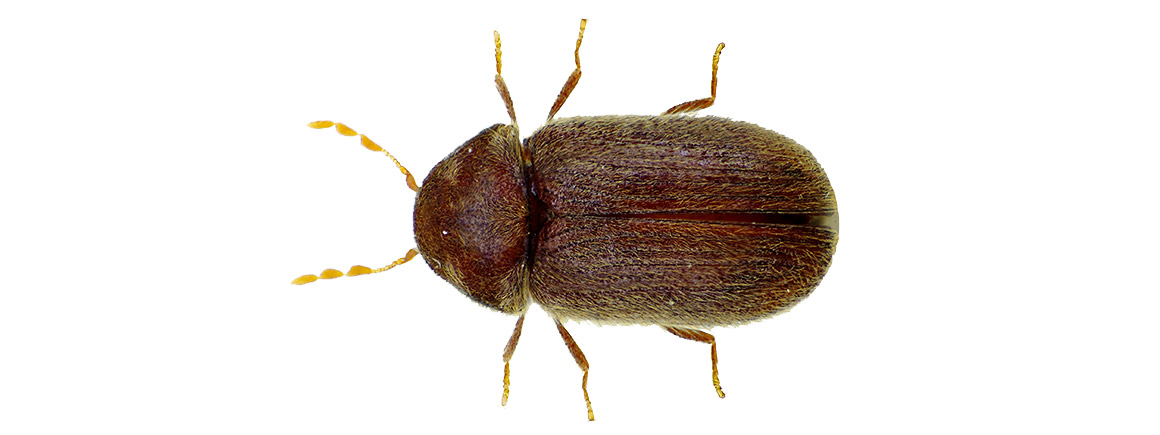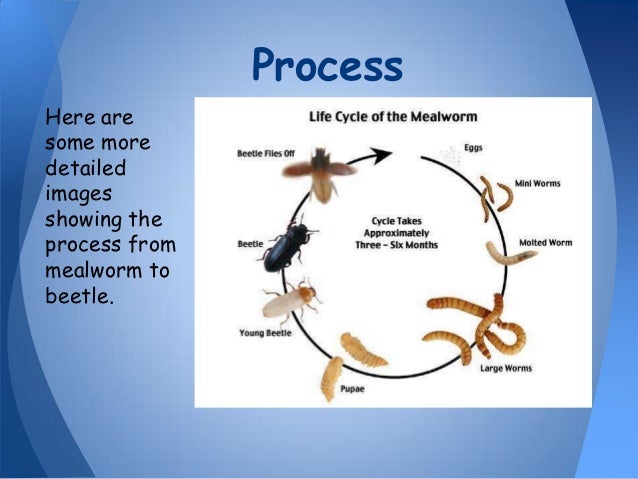

Customer EducationĮducation that explains the life cycle and an explanation of why control efforts cannot be directed only where adult beetles are found will be provided. Otherwise, a wrong ID can result in a plan that does not work. Accurate identification is critical, so that the right methods are applied. Based on the findings, your PMP will develop an effective treatment plan to resolve the problems specific to your home.
#Biscuit beetle life cycle professional
When beetles become a pest problem, your pest management professional (PMP) will provide a thorough inspection to accurately identify the pest beetle. While the specific treatment procedures and methods may vary based on the specific diet and habitat of the pest beetle, the components of an effective and efficient treatment closely follow those of a comprehensive integrated pest management (IPM) program.
#Biscuit beetle life cycle pro
Your Orkin Pro will put together a specialized beetle treatment program to ensure your pest problem doesn't stand a chance. Avoid accumulating old fabrics by regularly cleaning out closets to prevent or lessen the possibility of fabric beetle infestation. Use the “first-in, first-out” concept to help control both food and wood-destroying beetles.

Good sanitation practices and removing foods that support beetle development and reproduction can be accomplished with a vacuum or another form of mechanical removal. Efforts to reduce the attractiveness of lights and sealing entrances into a structure are helpful in preventing problems.

Several types of beetles are attracted to lights inside a home or business. If an infestation is found, replace and discard infested foodstuffs, fabrics or wooden items. Also, moisture control works to help prevent beetle infestations. Inspect foodstuff, fabrics and wooden items prior to bringing them into the home or business to help prevent some problems. Your PMP can provide advice on which of the beetles can be effectively controlled in this manner. Some beetles can simply be removed by using a vacuum or other means of physical removal. With suitable hygiene, and by preventing access into the attic by nest-builders, the successful eradication of this pest should be assured.What You Can Do Habitat Reduction & Non-Chemical Treatments Beware also of bread in fire-places that has been dropped down the chimney by birds. These are likely to have come from nests of wasps or birds in the attic. Removing disused and old foodstuff should eliminate an infestation.Īdult beetles may be seen around fire-places and air vents with no apparent food-source available. Rarely-used dried-foods such as flour or spices are often the source of an infestation. Damage and controlīecause bread beetle larvae thrive in dark, warm, undisturbed places, it is essential to search thoroughly for the food-source of the larvae if adults are found wandering around. Before emergence as an adult beetle, a minimum of nine days is spent as the pupa in an oval shaped cell that is moulded by the larva using the food material.

The larva increases in size and, at about 5mm in length, it enters the pupal stage. In its search for food, it may bite into packaged or hidden food sources. When the larva emerges from the egg, it is less than 1mm in length. In cool temperatures (below 15✬) there is only one generation per year, in moderate temperatures two generations, while at higher temperatures (above 23✬) there may be five or more.Įggs are laid by mated females on or near the foodstuff. The speed of development through the life cycle depends on temperature, moisture, quality and abundance of food. In common with other beetles, this species passes through four life-stages: egg, larva, pupa and adult. It occurs in houses, stores, warehouses and kitchens throughout central and northern Europe, including the UK, sometimes in very large numbers. The biscuit beetle is common across the world.


 0 kommentar(er)
0 kommentar(er)
